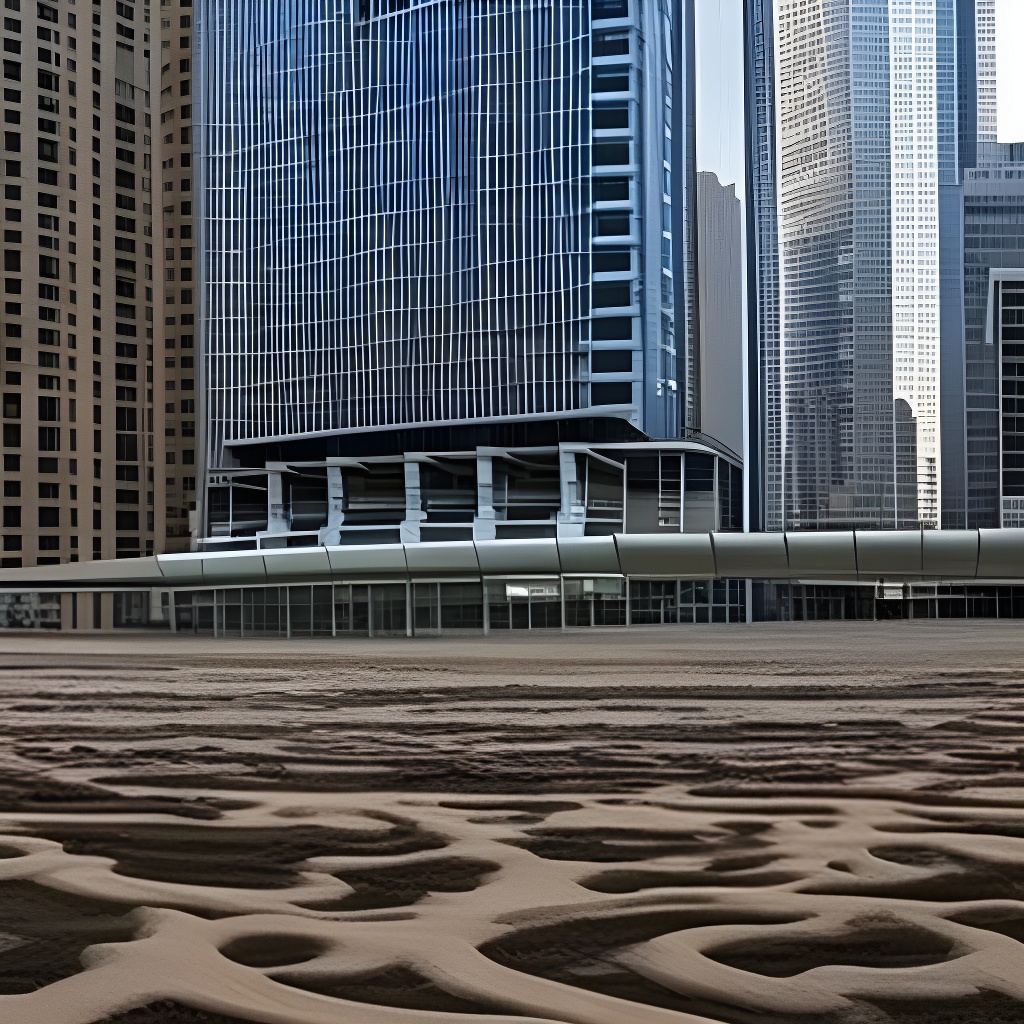
The above image was made with stable diffusion using the prompt 'empty city skyscrapers sunset.'
City centers across the country are being abandoned. Half of all urban office space is empty. High profile commercial real estate is in trouble. Downtown Minneapolis feels a little like a wasteland. It will probably continue to deteriorate until prices come down.
As things stand, few businesses can afford exorbitant rents and endless crime. Company after company has announced store closures in this and other urban centers. If the price of commercial property were to come down to more realistic levels, the abandonment of our cities might be slowed or even reversed. I wonder what it would take to really bring prices down.
15-Minute City
When I first heard about the 15-minute city I thought it sounded great. Part of the reason I live where I do is that my neighborhood contains all of the goods and services I need. To be honest, I find it very strange that anyone would willingly live far away from the things they require every day. So it makes perfect sense that planners would plan for people to be able to meet their needs conveniently.
It was surprising when I started to hear people talking smack about the 15-minute city. They were lumping the idea in with WEF pandemic conspiracies. Here's a quote from a Washington Post article about the phenomenon:
"Mix high levels of distrust in governments and institutions with pandemic lockdowns, an underlying conspiracy theory about a “new world order” and an urban planning concept backed by an international network of mayors, and garnish with a toxic car culture. Marinate on the internet, and voila! You now have a lot of people primed to believe that local councils are going to imprison them in 15-minute zones. ... So last year, when the English cities of Oxford and Canterbury proposed new traffic filtering schemes aimed at reducing air pollution and making bus routes faster, unfounded fears about climate lockdowns were already brewing. ... The controversy spread like crazy after controversial Canadian academic Jordan Peterson tweeted a thread about the Oxford scheme at the end of December, ominously calling it “part of a well-documented plan.” What that plan is went unspecified."
My neighborhood is already a 15-minute city, but it's been losing commercial activity since the civil unrest here in 2020. Many storefronts are vacant and some are boarded up. If Walgreens pulls up stakes, the nearest drug store will be more than 15 minutes away. So if there is a plot to make all urban areas into 15-minute cities, I wish they'd get on with it.
I'm only half joking. While I agree with the concept of a 15-minute city, I don't see my local government implementing this concept in any way I could get behind. They use the term affordable housing to refer to buildings with insane rents. They prioritize sports stadiums. I'm sure they'd love to carry out en evil plot for a group of elites, but I'm not convinced they're fit for the task.
Some believe that 15-minute cities will be zones of confinement established by an international order. Places perpetually in a state of lockdown, with a social credit system used to control car usage. This doesn't seem too likely to me. A more likely scenario is that urban centers will continue deteriorating until prices come down, at which point people will move back in to make the places vibrant again.
Read my novels:
- Small Gods of Time Travel is available as a web book on IPFS and as a 41 piece Tezos NFT collection on Objkt.
- The Paradise Anomaly is available in print via Blurb and for Kindle on Amazon.
- Psychic Avalanche is available in print via Blurb and for Kindle on Amazon.
- One Man Embassy is available in print via Blurb and for Kindle on Amazon.
- Flying Saucer Shenanigans is available in print via Blurb and for Kindle on Amazon.
- Rainbow Lullaby is available in print via Blurb and for Kindle on Amazon.
- The Ostermann Method is available in print via Blurb and for Kindle on Amazon.
- Blue Dragon Mississippi is available in print via Blurb and for Kindle on Amazon.
See my NFTs:
- Small Gods of Time Travel is a 41 piece Tezos NFT collection on Objkt that goes with my book by the same name.
- History and the Machine is a 20 piece Tezos NFT collection on Objkt based on my series of oil paintings of interesting people from history.
- Artifacts of Mind Control is a 15 piece Tezos NFT collection on Objkt based on declassified CIA documents from the MKULTRA program.
I wouldn't trust what WaPo says about conspiracy theorist fears, but I also don't trust the conspiracy theorists themselves either. Anything that becomes a cultural or socio-economic benefit for the community seems to be co-opted by elites regardless... but how it'll all play out is still a mystery. I do think there is worthy concern when it comes to increasing government control over the people, especially how urban cities are designed and structured, but that doesn't mean their plans are all bad for the community either. There are definitely benefits too.
Fair enough. In my opinion, WaPo presents the CIA perspective, which has advantages and disadvantages. When I tried to search for the actual conspiracy theory, most of what I found were tweets and videos, which are poor documentation for considered conversation. So I used the piece by Republic Broadcasting Network as a counterpoint to the WaPo messaging. I doubt the Republic Broadcasting Network is at all trustworthy.
My biggest concern is the expansion of phone-based systems of control. This featured heavily into the pandemic response in many places. Now the powers that be may have a taste for increasing phone-based control of populations.